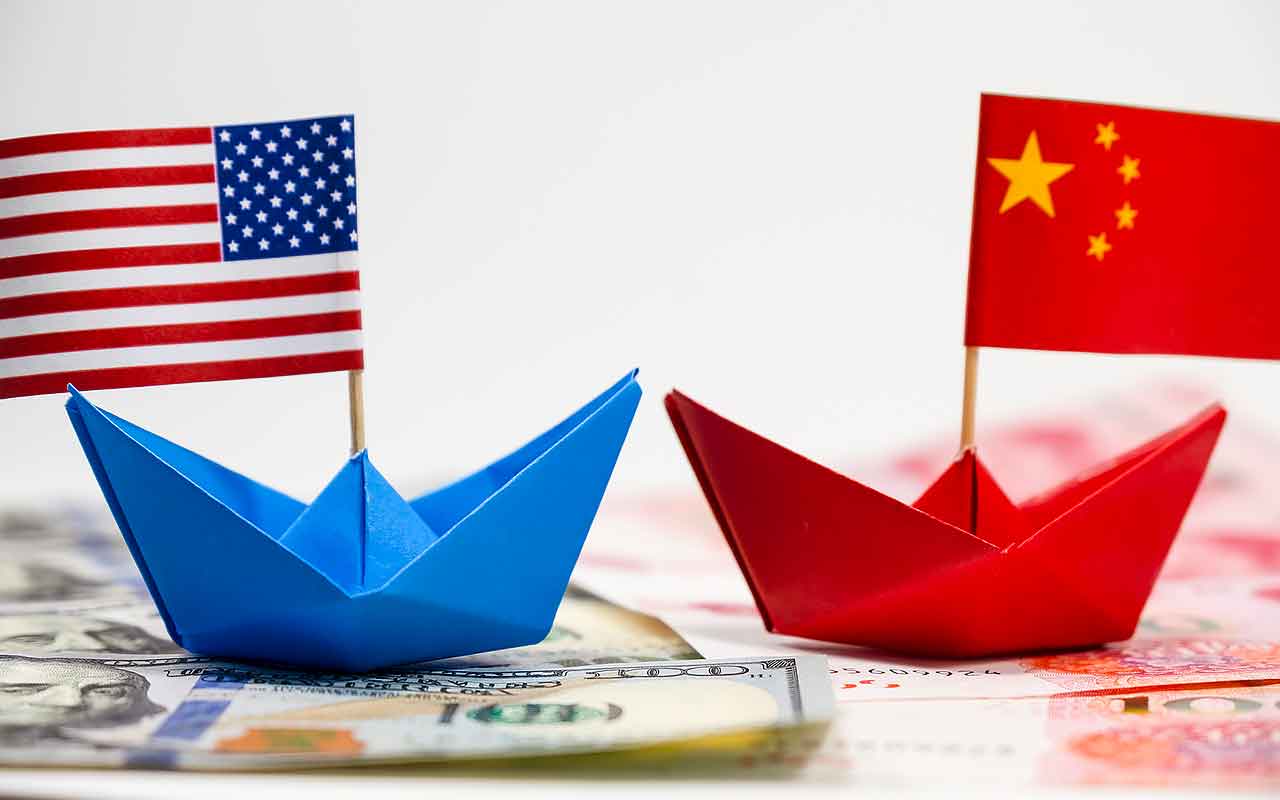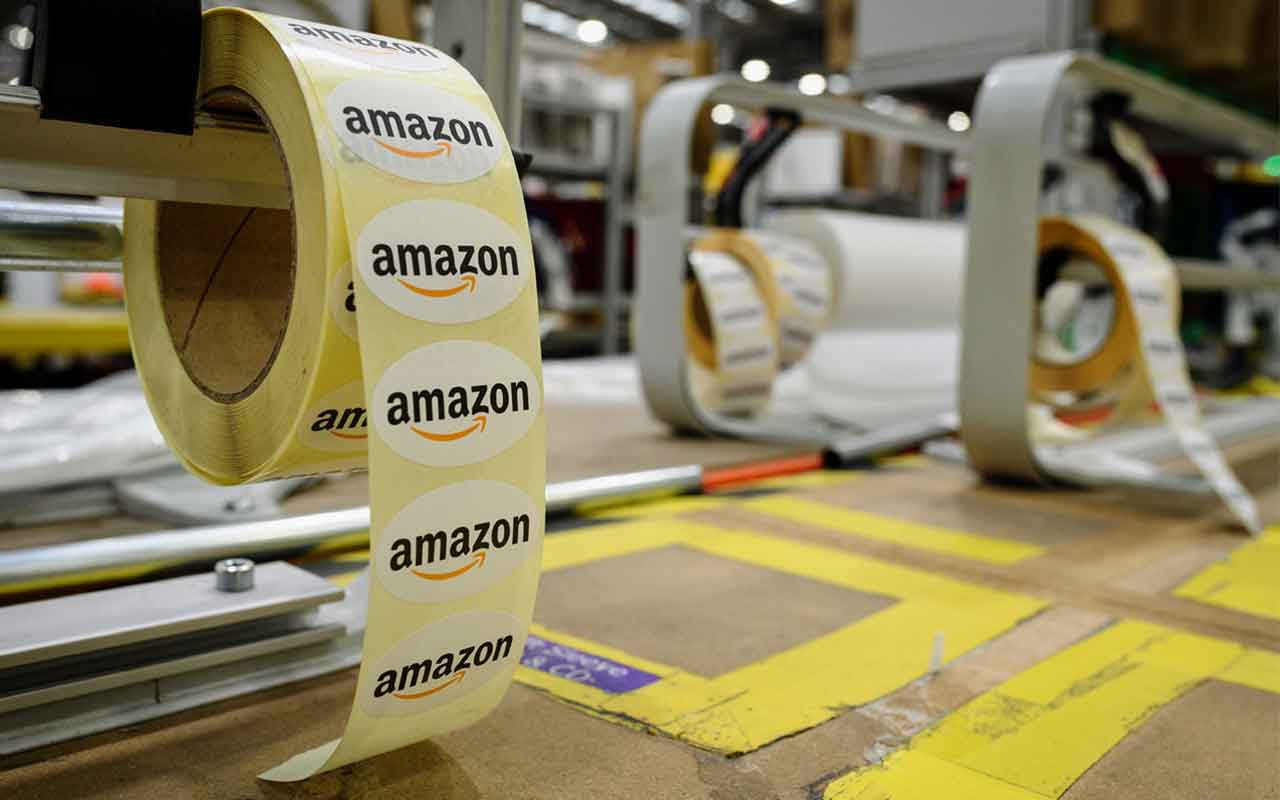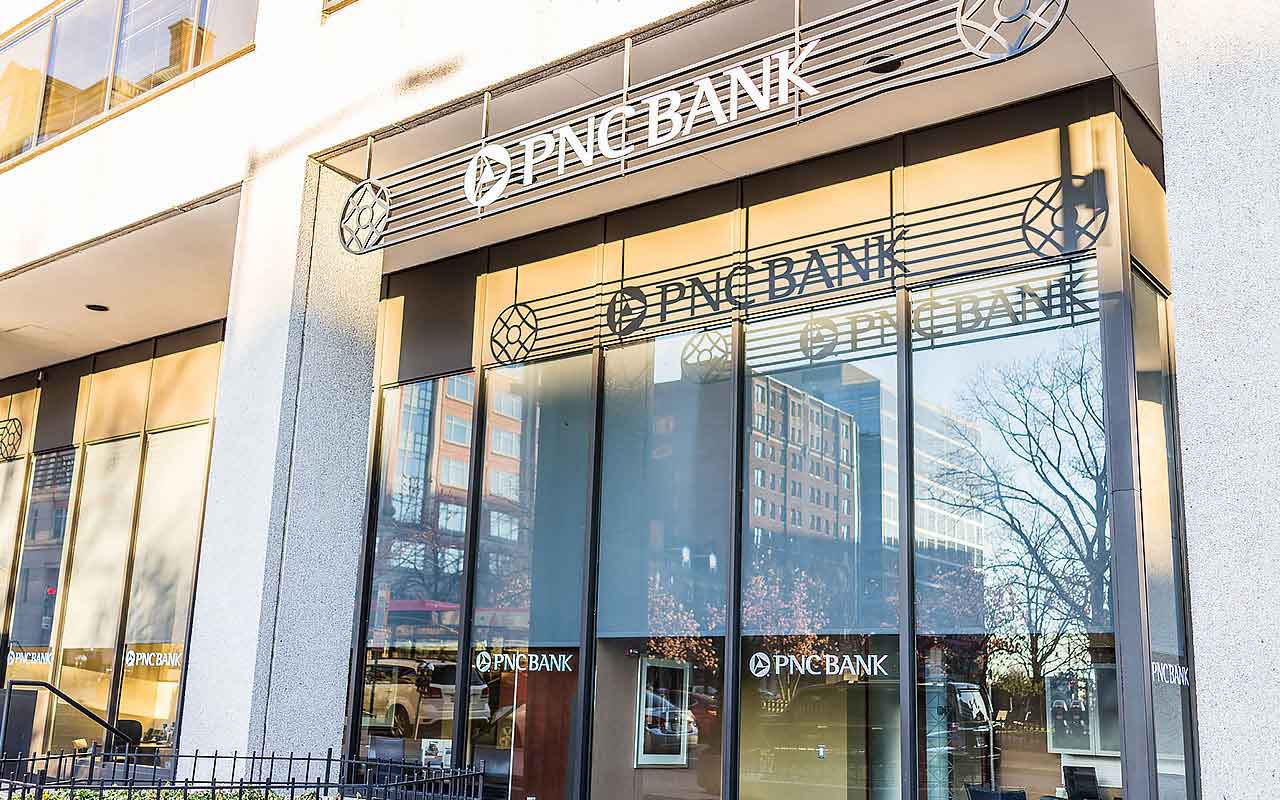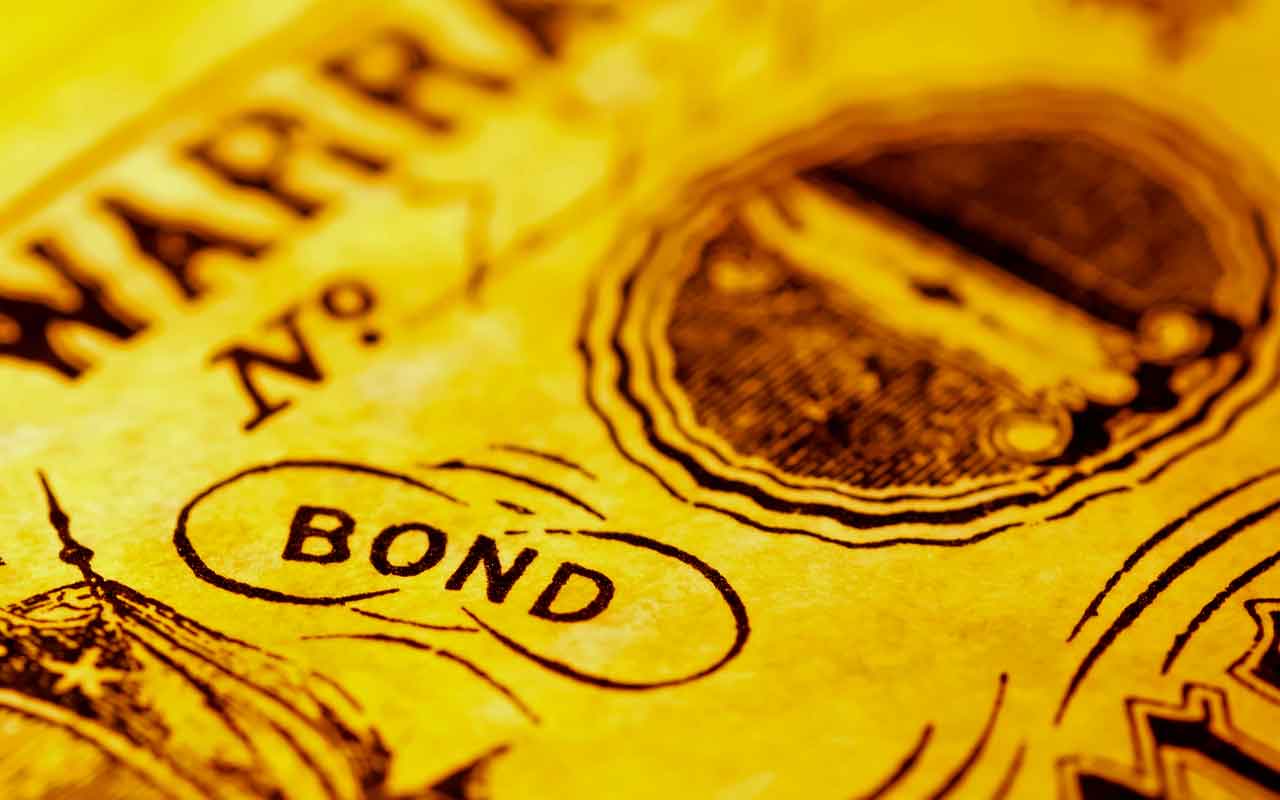The 7 Best ETFs to Beat Back Trade War Worries
The trade war between the United States and China is well into its second year.


The trade war between the United States and China is well into its second year. Since Jan. 22, 2018, American stocks have made two runs into all-time-high territory, but overall, they haven’t made much progress. The Standard & Poor’s 500-stock index is just 2% higher than when the trade conflict started.
Now, uncertainty has returned, which means volatility has returned. So today, we’ll look at some of the best exchange-traded funds (ETFs) to battle another round of trade jitters.
On-again, off-again talks between the U.S. and China seemed headed toward a resolution for most of 2019 but hit a considerable wall in May. The U.S. accused China of walking back some of its agreements and raised tariffs on $200 billion in Chinese imports from 10% to 25%, prompting Beijing to retaliate with new and escalated tariffs of its own.
Certain sectors have taken on hair-trigger demeanors. For instance, technology, which experts think could be heavily targeted in future rounds of tariffs, swings daily on the latest comings and goings out of Washington and Beijing. Semiconductor companies, many of which generate gobs of their sales from China, are among the most susceptible stocks.
The best ETFs to buy if you want to beat back the trade war, then, avoid these sensitive industries and instead focus on businesses that should come out far less scathed than others. Here, we look at seven top funds from various corners of the market.
Disclaimer
Data is as of May 15. Yields represent the trailing 12-month yield, which is a standard measure for equity funds.

iShares U.S. Consumer Services ETF
- Market value: $896.2 million
- Dividend yield: 0.7%
- Expenses: 0.43%
Goldman Sachs was quick to the draw following the recent escalation in tariffs. Analyst David Kostin, Goldman’s head U.S. equity strategist, penned a report about stocks it thinks will be resilient if China and the U.S. continue to squabble – but that should also outperform even if they reach a resolution.
“Services firms are less exposed to trade policy and have better corporate fundamentals than goods companies and should outperform even if the trade tensions are ultimately resolved, as our economists expect,” he writes.
The iShares U.S. Consumer Services ETF (IYC, $210.89), then, would be one of the best ETFs to hold right now. It checks off several of the stocks on Goldman’s list, including top-10 weights Amazon.com (AMZN), McDonald’s (MCD) and Walt Disney (DIS). Amazon is the cornerstone of this fund, in fact, accounting for 21.0% of the fund’s assets under management – several times more than the weight of No. 2 holding Disney (4.7%).
IYC’s entire portfolio of investments sits around 170 stocks that are primarily large-cap ($10 billion or more in market value) and growth-focused in nature. More than half of the fund is invested in general or food-and-staples retailers, with heavy swaths in media and entertainment (23.1%) and consumer services (17.6%). There is also a peppering of companies from the transportation and software industries, among others.
This ETF isn’t completely China-proof – large holding Starbucks (SBUX), for instance, has invested heavily in its China presence and could suffer from anti-U.S. sentiment there. But many of IYC’s components are well-insulated from the conflict and line up with Goldman’s thesis.

Utilities Select Sector SPDR Fund
- Market value: $9.9 billion
- Dividend yield: 3.1%
- Expenses: 0.13%
Investors typically look to utility companies for defense against any sort of market turbulence. These companies operate as virtual monopolies, generate extremely reliable revenues and profits, regularly get small rate hikes passed that fuel at least a little growth over time, and frequently deliver much more substantial dividend income than most other sectors.
American utility stocks also just so happen to have another trait that benefits them in this particular predicament: lack of exposure to China. Most U.S.-traded providers tend to operate regionally, across a few states; only a few operate internationally (and those that do tend to splash over into Canada or the U.K.).
The Utilities Select Sector SPDR Fund (XLU, $58.09) is the biggest utilities ETF at nearly $10 billion in assets under management. This straightforward fund simply holds the 28 utility companies in the S&P 500. This collection of mostly large “utes” includes significant holdings in NextEra Energy (NEE, 11.9%), Duke Energy (DUK, 8.0%) and Dominion Energy (D, 7.6%).
The ETF is an unsurprisingly high yielder, too, at 3.1% – behind only SPDR’s real estate fund (3.3%) and tied with its energy ETF.

SPDR S&P Regional Banking ETF
- Market value: $2.1 billion
- Dividend yield: 2.0%
- Expenses: 0.35%
Bank stocks are in a delicate situation right now. On the one hand, tariffs very well could crimp U.S. economic growth – April industrial and consumer data already showed slowing, both here and in China. National Economic Council Director Larry Kudlow even irritated President Donald Trump by admitting that “both sides” would suffer in a continued trade war.
The flip side? Some experts are opining that a slowdown could trigger a Federal Reserve rate cut. That would help widen the spread between short-term rates (which banks borrow at) and long-term rates (which banks lend to customers at), which should help support better profits.
Regional banks are a strong target right now. Not only do they operate almost entirely domestically, but they also don’t have added complications from operations such as trading desks that could suffer if investors become standoffish. And for years, they have benefited from rampant mergers and acquisitions, such as this year’s tie-up between large regionals SunTrust (STI) and BB&T (BBT).
- SPDR S&P Regional Banking ETF (KRE, $52.93) is a collection of more than 120 regional banks that span large, mid- ($2 billion-$10 billion), small ($300 million-$2 billion) and even micro-cap ($50 million-$300 million) stocks. That means that companies such as $835 million Central Pacific Financial (CPF), which operates a couple dozen branches in Hawaii, can have as much effect on the fund’s performance as multistate regional financial titans such as $59 billion PNC Financial Services (PNC).

iShares Cohen & Steers REIT ETF
- Market value: $2.2 billion
- Dividend yield: 2.7%
- Expenses: 0.34%
Real estate investment trusts (REITs), for the uninitiated, are a special class of company that was created by Congress in 1960 to facilitate easier investing access to real estate. These companies own or finance properties such as apartments, office buildings and malls, and they’re required to pay out 90% of their taxable income as dividends to shareholders.
U.S. REITs feature a couple of similar benefits to utilities right now, then, in that they offer outsize dividend yield, and their businesses tend to be exclusively or at least primarily focused within America’s borders.
The iShares Cohen & Steers REIT ETF (ICF, $112.47) tracks an index built by Cohen & Steers – “the world’s first investment manager dedicated to real estate securities.” No surprise, then, that this has been one of the best ETFs in its class across most significant time periods.
ICF features a tight portfolio of 30 large REITs that “are dominant in their respective property sectors.” These include the likes of telecom infrastructure company American Tower (AMT, 8.8% weighting), industrial real estate firm Prologis (PLD, 8.2%), mall giant Simon Property Group (SPG, 7.4%) and data center REIT Equinix (EQIX, 7.1%).
You could gripe about ICF’s relatively meager yield of 2.7% that compares poorly to most of the higher-asset REIT ETFs. But the fund’s price performance is so consistently strong that even its total returns (price plus dividends) topple that of most rivals.

Invesco S&P SmallCap Low Volatility ETF
- Market value: $2.0 billion
- Dividend yield: 2.3%
- Expenses: 0.25%
Small-cap stocks frequently are touted as a getaway from international troubles. These companies typically derive most if not all of their revenues from within the U.S., which tamps down risk from dips in other countries’ economic activity. They also tend to avoid problems related from swings in the dollar and other currencies, which can weigh down the results of multinational blue chips.
Still, the trade war with China can still filter down in the form of higher input costs, and even the smaller companies in some industries (such as semiconductors) still have high Chinese exposure.
The Invesco S&P SmallCap Low Volatility ETF (XSLV, $47.73) is the best of a lot of worlds. XSLV holds the 120 stocks in the S&P SmallCap 600 that have the lowest realized volatility over the past 12 months – so you get the aforementioned benefits of smaller companies, but back out many of the riskier names.
As a result, its sector breakdown is well-tailored for success. Financial stocks (mostly regional banks and credit unions) make up a whopping 47.3% of the portfolio, followed by (mostly domestic) REITs at 21.7%. Another 5.6% is dedicated to utilities. Without even delving into some of the smaller allocations, three-quarters of this ETF’s assets are piled into somewhat “protected” sectors.
XSLV’s top holdings include several REITs that invest in mortgages and other real estate “paper,” including Apollo Commercial Real Estate Finance (ARI), Redwood Trust (RWT) and Armour Residential REIT (ARR).

Invesco S&P Emerging Markets Low Volatility ETF
- Market value: $329.0 million
- Dividend yield: 5.3%
- Expenses: 0.29%
The U.S. is naturally not the only place where trade jitters are weighing down stocks. Chinese equities have been held down, too, as have other emerging markets stocks.
But Jason Bloom, director of global macro ETF strategy at Invesco, believes there still are winners in emerging markets – you just need the right focus.
“We do like EMs, we do think the demographics are good, but there is disruption” from the trade conflict from the U.S., he says. “A lot of the businesses that are moving out of China to get around the tariffs are going to other EM markets. China’s losses are not necessarily the world’s loss, at least not from a zero-sum standpoint.
“A low-volatility screen is maybe one of our favorite ways to play volatile markets, not just in EMs, but in the U.S. It’s worked very well in the year-plus since the trade conflict erupted.”
The Invesco S&P Emerging Markets Low Volatility ETF (EELV, $23.20) is one of the best ETFs for this specific strategy. The fund invests in 200 stocks from an index of large- and mid-cap emerging markets companies that have exhibited the least volatility over the past 12 months. Right now, its portfolio contains just 10 countries, and whereas many EM funds are heavily weighted in China, less than 9% of EELV is dedicated to Chinese stocks. The biggest weighting is Taiwan – which Jason Bloom calls his “top pick” because it’s not tied to China the way Japan, Korea and other Asian economies are – at 28%. Thailand (14.8%) and Malaysia (10.1%) are other significant geographical weights.

Pimco Active Bond Exchange-Traded Fund
- Market value: $2.3 billion
- Dividend yield: 3.2%
- Expenses: 0.76%
One of the theories floated around is the “nuclear option” – that China could sell off part of its $1.13 trillion in U.S. Treasuries as an escalator of last resort. But some experts say that’s a lot of hot air.
“China will continue to use this as a threat, perhaps, but in reality I think it hurts them more than it might hurt us,” Kim Rupert, managing director of global fixed income analysis at Action Economics, recently told CNBC. “It hurts their portfolio. … I think it will be more a threat than an actual tool or strategy.”
Outside that worst-case scenario, investors may continue to view Treasuries and other bonds as a source of safety against volatility, thus driving prices higher.
The uncertain landscape seems to favor the agility of skilled active management over a plain-Jane index. The Pimco Active Bond Exchange-Traded Fund (BOND, $105.74) – a Kiplinger ETF 20 selection from one of the most respected names in bond products – is among the best ETFs for the job.
BOND, helmed by David Braun, Jerome Schneider and Daniel Hyman, holds roughly 750 primarily investment-grade debt issues across myriad fixed-income types, subject to management’s discretion. Right now, the portfolio is most heavily tilted toward securitized products (59.0%), with roughly a quarter of the fund (23.8%) in investment-grade corporate debt. It also has sprinklings of U.S. government debt, high-yield bonds (junk) and even a little emerging-market debt, among other holdings.
This five-star Morningstar-rated ETF has rewarded above-average risk with high returns. It has beaten the Bloomberg Barclays US Aggregate Bond (Agg) benchmark in every significant time period since inception in 2012.
Get Kiplinger Today newsletter — free
Profit and prosper with the best of Kiplinger's advice on investing, taxes, retirement, personal finance and much more. Delivered daily. Enter your email in the box and click Sign Me Up.
Kyle Woodley is the Editor-in-Chief of WealthUp, a site dedicated to improving the personal finances and financial literacy of people of all ages. He also writes the weekly The Weekend Tea newsletter, which covers both news and analysis about spending, saving, investing, the economy and more.
Kyle was previously the Senior Investing Editor for Kiplinger.com, and the Managing Editor for InvestorPlace.com before that. His work has appeared in several outlets, including Yahoo! Finance, MSN Money, Barchart, The Globe & Mail and the Nasdaq. He also has appeared as a guest on Fox Business Network and Money Radio, among other shows and podcasts, and he has been quoted in several outlets, including MarketWatch, Vice and Univision. He is a proud graduate of The Ohio State University, where he earned a BA in journalism.
You can check out his thoughts on the markets (and more) at @KyleWoodley.
-
 When Should You Hand Over the Keys — to Your Investments?
When Should You Hand Over the Keys — to Your Investments?The secret to retirement planning? "The best time to hand over the keys is before you’ve realized you need to hand over the keys."
By Maurie Backman
-
 A checklist for high-net-worth individuals looking to maintain and grow their wealth.
A checklist for high-net-worth individuals looking to maintain and grow their wealth.A strategic guide to managing, preserving, and expanding your wealth for long-term financial security.
By Dori Zinn
-
 The Cheapest Places To Retire in the US
The Cheapest Places To Retire in the USWhen you're trying to balance a fixed income with an enjoyable retirement, cost of living is a crucial factor to consider.
By Stacy Rapacon
-
 Dividends Are in a Rut
Dividends Are in a RutDividends may be going through a rough patch, but income investors should exercise patience.
By Jeffrey R. Kosnett
-
 Municipal Bonds Stand Firm
Municipal Bonds Stand FirmIf you have the cash to invest, municipal bonds are a worthy alternative to CDs or Treasuries – even as they stare down credit-market Armageddon.
By Jeffrey R. Kosnett
-
 Can Stocks Picked by Artificial Intelligence Beat the Market? 3 Stocks to Watch
Can Stocks Picked by Artificial Intelligence Beat the Market? 3 Stocks to Watchstocks An artificial intelligence stock-picking platform identifying high-potential equities has been sharp in the past. Here are three of its top stocks to watch over the next few months.
By Dan Burrows
-
 High Yields From High-Rate Lenders
High Yields From High-Rate LendersInvestors seeking out high yields can find them in high-rate lenders, non-bank lenders and a few financial REITs.
By Jeffrey R. Kosnett
-
 Time to Consider Foreign Bonds
Time to Consider Foreign BondsIn 2023, foreign bonds deserve a place on the fringes of a total-return-oriented fixed-income portfolio.
By Jeffrey R. Kosnett
-
 5 Stocks to Sell or Avoid Now
5 Stocks to Sell or Avoid Nowstocks to sell In a difficult market like this, weak positions can get even weaker. Wall Street analysts believe these five stocks should be near the front of your sell list.
By Dan Burrows
-
 Best Stocks for Rising Interest Rates
Best Stocks for Rising Interest Ratesstocks The Federal Reserve has been aggressive in its rate hiking, and there's a chance it's not done yet. Here are eight of the best stocks for rising interest rates.
By Jeff Reeves
